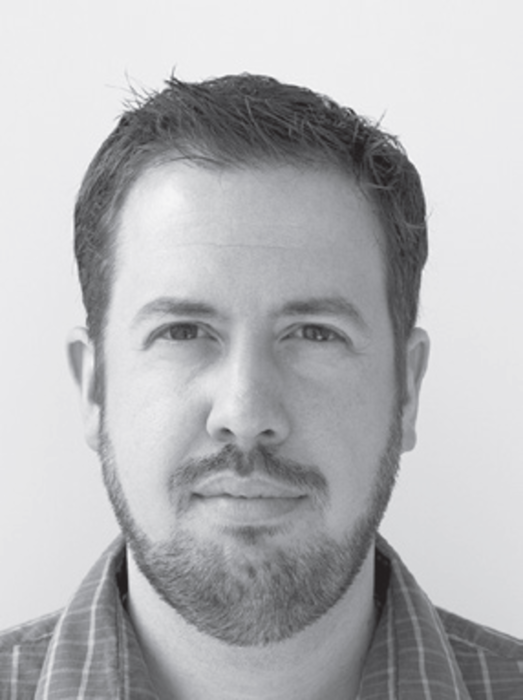Derek Fridman, group creative director at Huge in Atlanta, talks creativity and the kind of work that stops him in his tracks.
Q: “You’re a judge this year at the Caples awards, which is all about daring creative. What’s your definition of what it means to be a courageous creative today?
A: It’s all about challenging convention and breaking the rules, but it’s also important to keep in mind the big vision of what you’re doing. When I look at work, it’s less about whether an idea’s been done before and more about whether the person put a unique spin on it and pushed it further. I always tell my team that it’s never about what you do, but how you do it.
Q: What campaign has stopped you in your tracks recently and made you say, “Whoa!”
A: The campaigns I appreciate most are the ones that tell a story. Storytelling has become a bit of a lost art. Sometimes advertising relies too heavily today on technology, but when you can tell a good story, you’ve won. The last thing I saw that made me say, “Man, this is awesome,” is the wheelchair basketball Guinness ad. It’s a great story with a great message, it’s simple, and I didn’t feel like I was being sold anything. Sometimes the simplest ideas are the hardest ones to achieve.
Q: What’s your personal design motto?
A: The idea of zooming out. Always design with a bigger picture in mind and avoid tunnel vision when you’re trying to solve a problem. That’s one of the pitfalls when you’re trying to come up with good creative. When I come over to a designer who’s been sitting looking at the same screen all day, I’ll tell them to take a break and think about how people are really going to use the product and then try and come at it from a simpler place. It’s not rocket science, so don’t make it more complicated than it needs to be.
Q: Creativity: Something you’re born with or an attribute you can acquire?
A: You can read a bunch of books to learn about the aesthetics of design and know the right and the wrong way to lay things out, but how creative you are with your skills is another story. So it’s really a mix of both. You have to go to school and you need to have a bit of that internal fire to break the rules and not be afraid to screw up and break things and make a mess, start all over—and then learn from it. People who are afraid to fail tend to stifle themselves.
Q: What do you think about wearable technology: Do consumers want it or are they not ready yet?
A: We like to wear things based on the way we want other people to perceive us. A watch or a pair of glasses says something about you, but there’s a dork factor that comes in with wearable technology, although the Nike Fuel Band changed a lot of that perception by becoming something of a status symbol. With Nike, it’s discreet. Wearables are cool when you think about them in the context of hidden or subtle technology. The Fuel Band, for example, helps you get better performance day to day, rather than broadcasting to the world, ‘Hey, look at me—I have a computer on my face.’ With those kinds of things, we’re not quite there yet.








